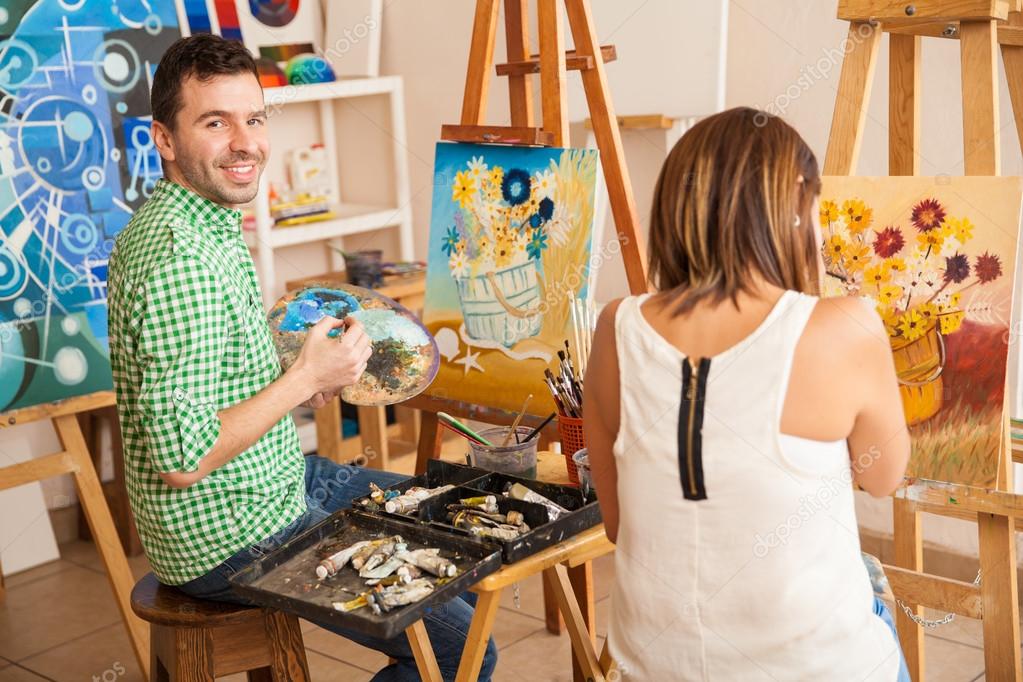Photo to Painting Process Explained: Discover the Art
Transforming a photo into a painting is a captivating journey that blends the precision of photography with the emotive power of painting. Many professional photographers are eager to expand their creative horizons by delving into this intriguing process. In this article, we'll explore the intricacies of the photo to painting process, providing valuable insights that can inspire photographers to craft breathtaking artistic pieces.
The path from photo to painting goes beyond simply applying filters or digital brushes. It involves a careful process that necessitates a solid understanding of both photographic techniques and painting methodologies. With growing interest in this subject, its vital to have a comprehensive explanation of the photo to painting process to fully appreciate its possibilities.

The Evolution of Photo-Based Art
The relationship between photography and painting has a long history, dating back to when the camera was first invented. Early photographers often utilized painting techniques to elevate their photographs, adding details that cameras of the era couldn't capture. Now, with advancements in technology, the combination of artistry and innovation allows for a smooth transformation from photo to painting. As detailed in this in-depth guide, modern art methods incorporate digital tools and even AI-driven techniques.
Step-by-Step: Understanding the Process
The initial step in the photo to painting journey is selecting the right photograph. The image should evoke emotion, feature strong contrasts, and tell an engaging story. After selecting the photograph, artists can decide whether to use digital platforms or traditional techniques. Digital platforms like PicsArt provide an array of tools to replicate brush strokes and textures effectively.
Digital Painting: For many photographers, digital painting is the go-to option. Programs such as Adobe Photoshop and Corel Painter offer an extensive range of customizable brushes and effects that emulate classic painting styles. Artists can tweak layers, textures, and colors to emphasize the artistic qualities of their photos. For a closer look at digital painting, check out this guide.
Traditional Techniques: Some photographers prefer the traditional approach, using photos as references or sources of inspiration for a painted canvas. This method might draw from classic techniques or interpret them in a contemporary style.
Challenges and Considerations
Though the process may appear simple, it carries its own set of challenges. Capturing the emotional core of a photograph in a painting necessitates a keen eye for detail and a deep understanding of both mediums. Additionally, factors such as scale and medium must be considered, as they can greatly influence the final result. For a broader perspective on artistic challenges, refer to this insightful article.
Moreover, photographers must be aware of copyright and creative rights when transforming client images. Its essential to navigate the legal intricacies surrounding the use of photographs in paintings.
The Future of Photo-Based Art
As technology progresses, the possibilities for photo-based art continue to expand. Artificial Intelligence and machine learning are becoming increasingly influential in art creation, providing innovative tools for photographers to experiment with. The future looks bright, allowing photographers to break traditional boundaries and forge new art forms. For more insights into upcoming exhibitions that blur the lines between photography and painting, visit the Cleveland Art Museum.
Conclusion
The photo to painting process offers photographers a vibrant new avenue for personal expression. Mastering both disciplines not only enhances a photographer's skill set but also deepens the impact of their work. As interest in this art form grows, the connections between photography and painting will likely continue to evolve, driving innovation and creative exploration.

Frequently Asked Questions
1. How can I start converting my photos into paintings?
Start by determining your preferred methoddigital or traditional. Select software that aligns with your style or gather the materials needed for canvas painting.
2. What are the best tools for digital painting?
Adobe Photoshop and Corel Painter are highly recommended for their wide range of features tailored to digital painting. User-friendly platforms like PicsArt are also excellent alternatives.
3. Are there legal concerns when painting from photos?
Yes, ensuring you own the rights to the photograph or have obtained permission from the copyright holder is crucial to avoid any legal issues.

